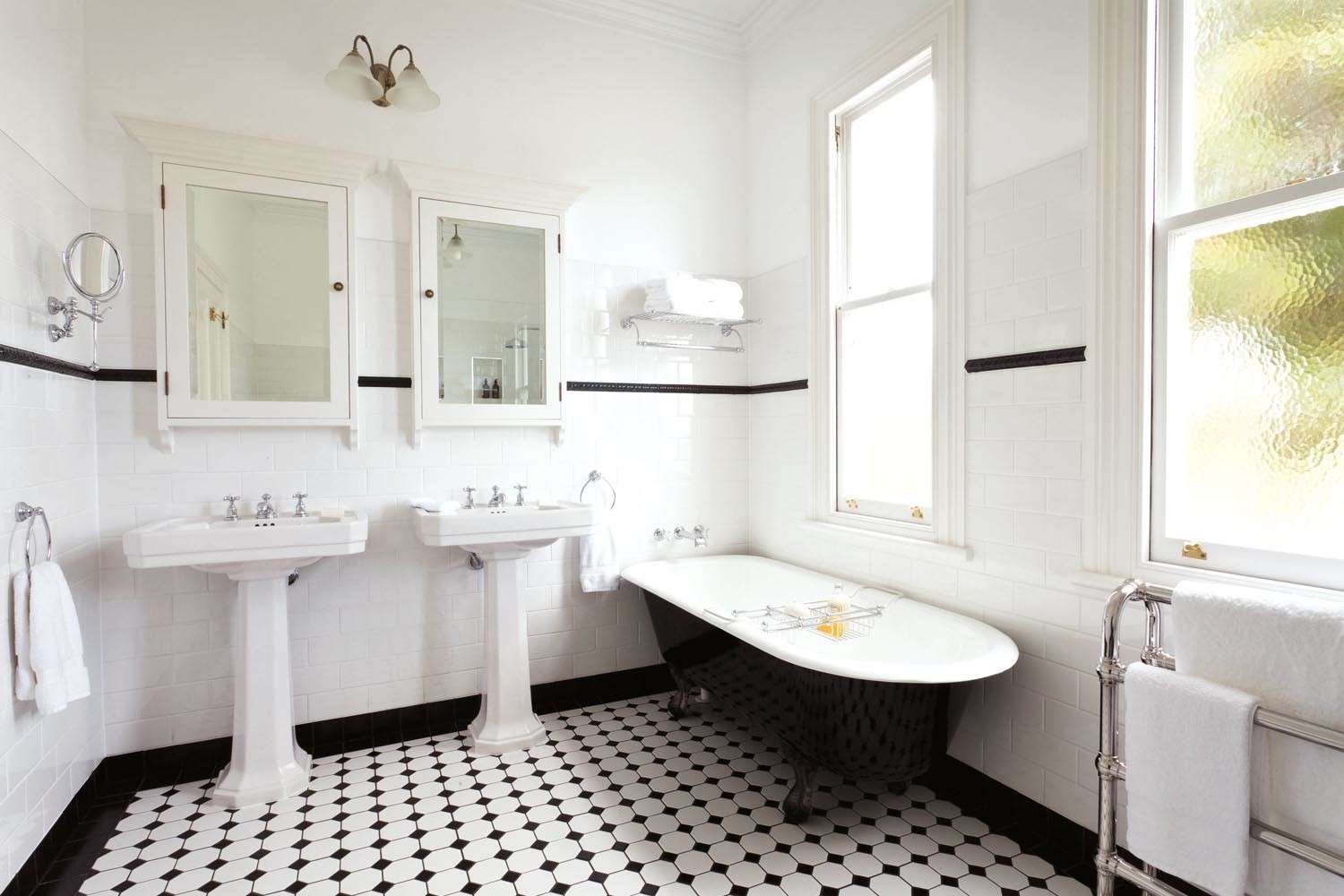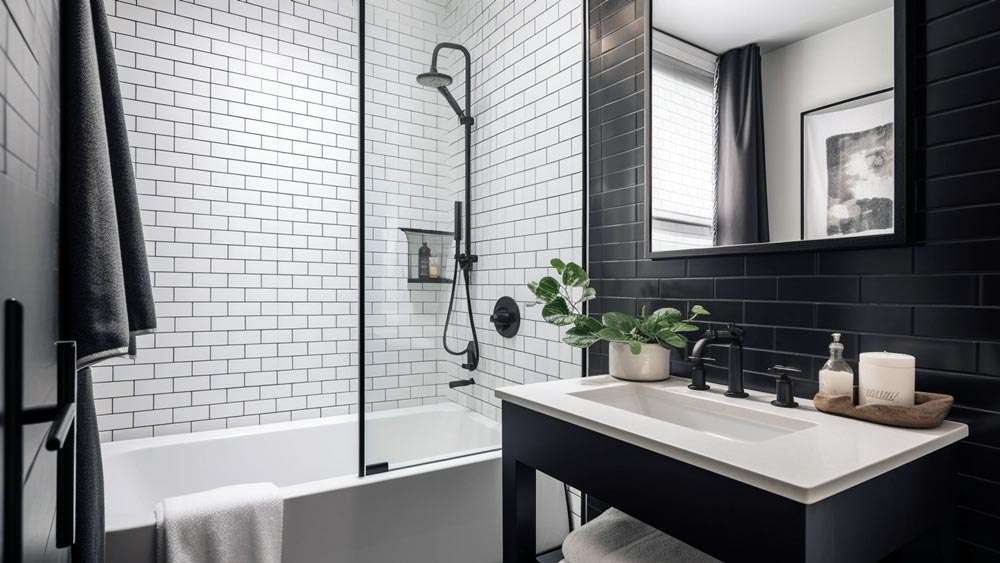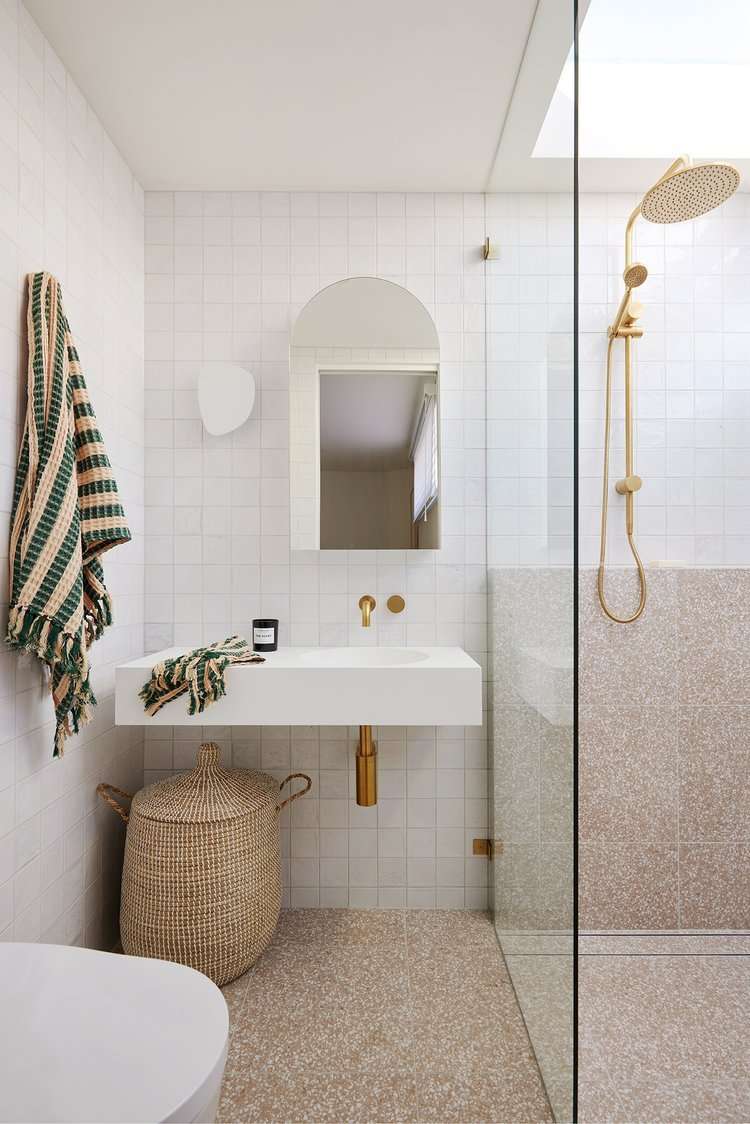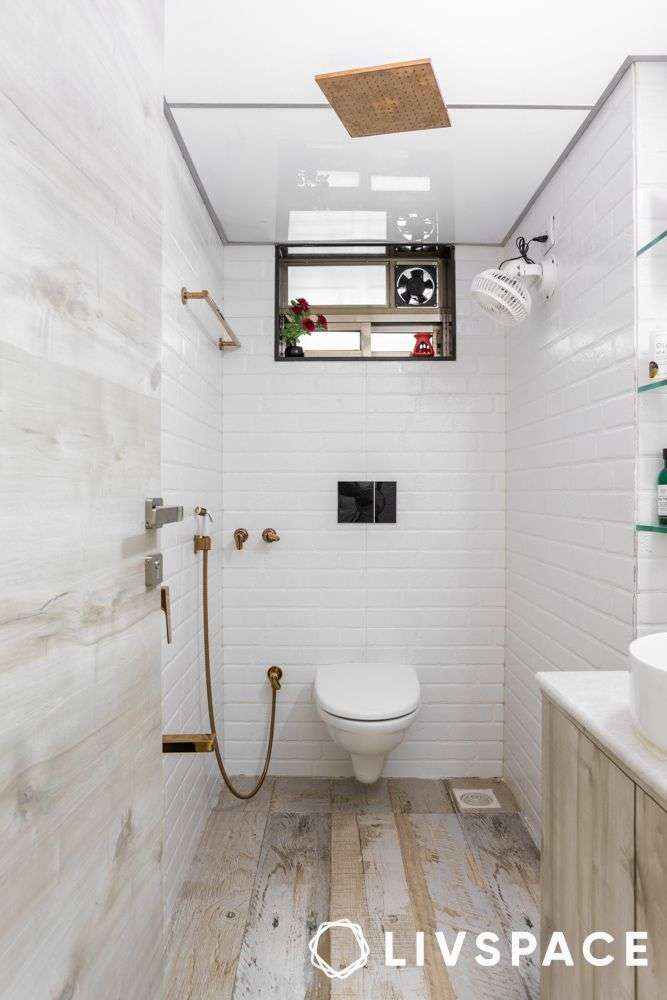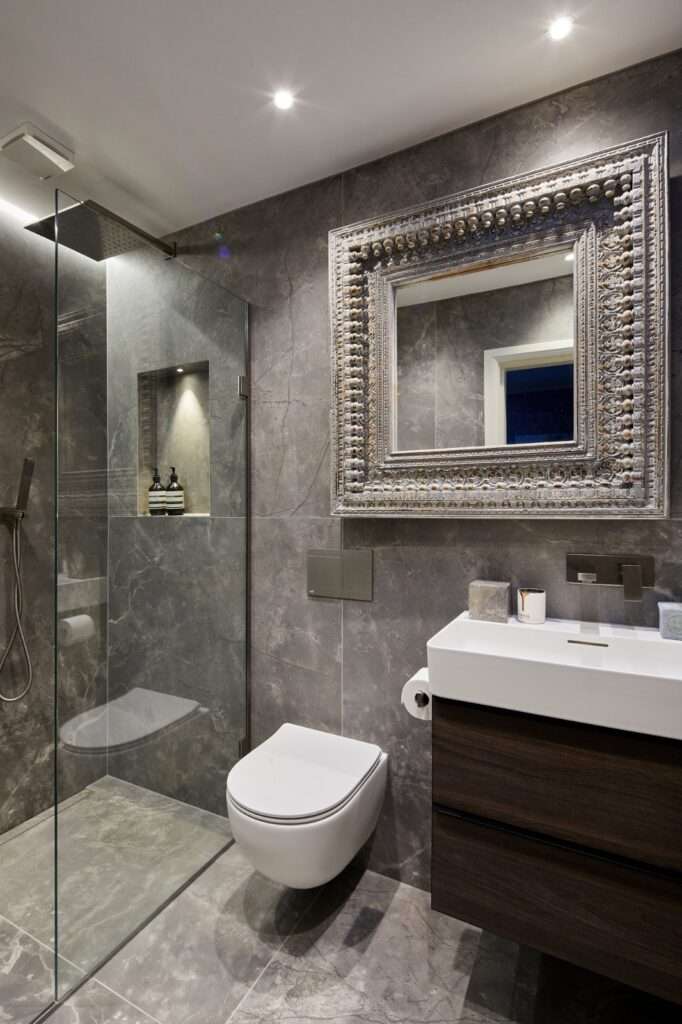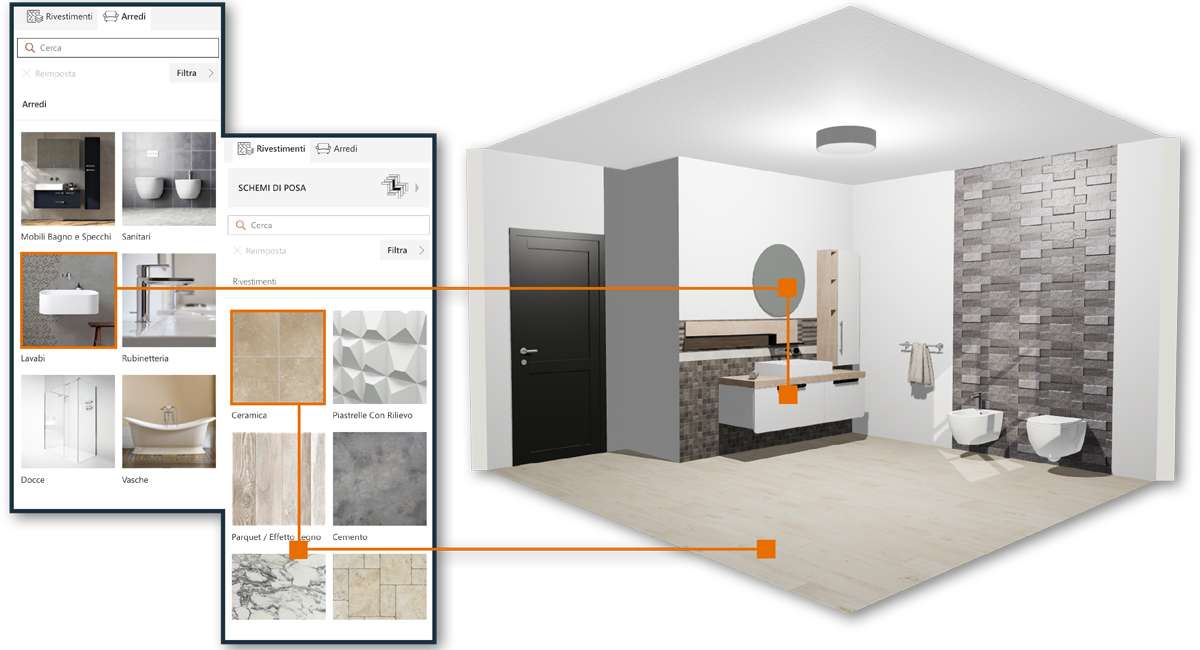The early 20th century witnessed a dramatic shift in bathroom design, moving from purely functional spaces to areas reflecting both hygiene and emerging aesthetic sensibilities. No longer relegated to the back of the house, bathrooms began to occupy a more prominent position, reflecting advancements in plumbing and an increasing societal emphasis on cleanliness. The evolution of these spaces showcased a fascinating blend of practicality and developing artistic trends, influencing everything from fixture choices to tile patterns. These early 20th century bathroom designs marked a turning point, paving the way for the modern bathrooms we know today, with a greater emphasis on comfort and visual appeal.
The Rise of Indoor Plumbing and the Sanitary Movement
Before the 20th century, many homes lacked indoor plumbing, making bathing a cumbersome and infrequent affair. The widespread adoption of indoor plumbing systems revolutionized bathroom design, allowing for running water and efficient waste disposal. This development fueled the sanitary movement, which promoted hygiene as a cornerstone of public health. Bathrooms were transformed from simple washrooms into dedicated spaces for personal cleansing, reflecting the growing understanding of germ theory and disease prevention.
- Standardization of Fixtures: Mass production of porcelain fixtures like bathtubs, sinks, and toilets made them more accessible to the average homeowner.
- Improved Ventilation: Bathrooms were designed with larger windows and better ventilation systems to combat moisture and prevent mold growth.
- Emphasis on Cleanliness: Smooth, non-porous surfaces like tile and enamel were favored for their ease of cleaning and resistance to bacteria.
Aesthetic Influences: Art Deco and Arts & Crafts
Beyond sanitation, early 20th century bathroom designs were heavily influenced by prevailing artistic movements. Two prominent styles emerged:
Art Deco Bathrooms
Art Deco, with its emphasis on geometric patterns, luxurious materials, and streamlined forms, brought a touch of glamour to the bathroom. Key features included:
- Bold Geometric Tiles: Black and white tiles arranged in geometric patterns were a signature element.
- Chromium Fixtures: Shiny chromium faucets, showerheads, and accessories added a touch of modern elegance.
- Mirrored Accents: Large mirrors and mirrored cabinets enhanced the sense of space and light.
Arts & Crafts Bathrooms
In contrast to Art Deco’s sleekness, the Arts & Crafts movement celebrated handcrafted details, natural materials, and simplicity. This translated into bathrooms characterized by:
- Subway Tiles: Simple, rectangular subway tiles in neutral colors were a common choice.
- Wood Paneling: Wooden wainscoting or beadboard added warmth and texture.
- Handcrafted Accessories: Pottery soap dishes, woven baskets, and other handcrafted items added a personal touch.
Comparing Art Deco and Arts & Crafts Bathroom Styles
| Feature | Art Deco | Arts & Crafts |
|---|---|---|
| Materials | Chromium, mirrored glass, bold geometric tiles | Wood, subway tiles, natural materials |
| Aesthetic | Glamorous, modern, geometric | Simple, handcrafted, natural |
| Overall Impression | Sleek and sophisticated | Warm and inviting |
The legacy of these early designs continues to inspire modern bathroom aesthetics. The careful consideration given to hygiene, functionality, and style during this period laid the groundwork for the bathrooms we enjoy today. Understanding these early 20th century bathroom designs allows us to appreciate the evolution of this essential space and the cultural forces that shaped it.
